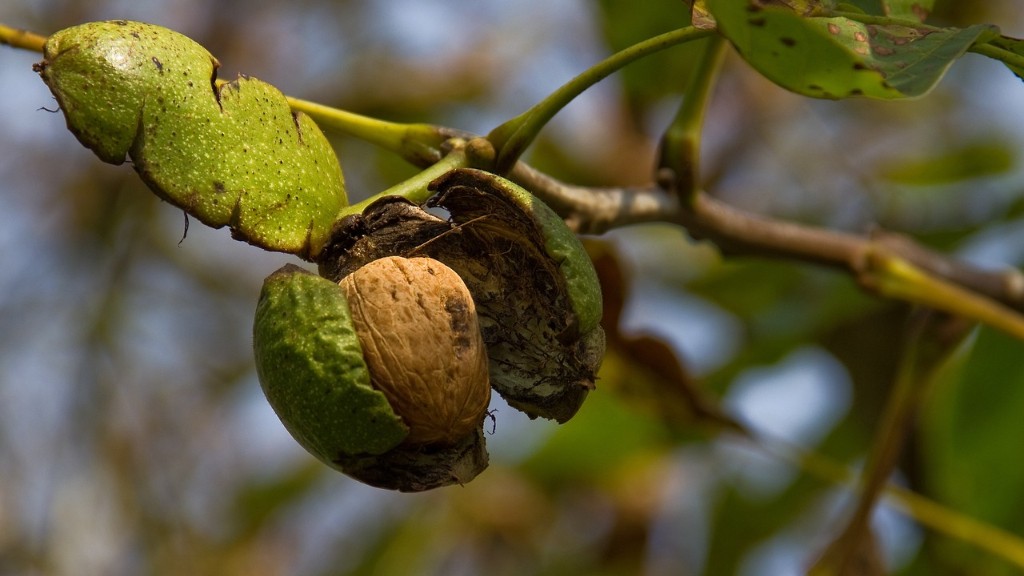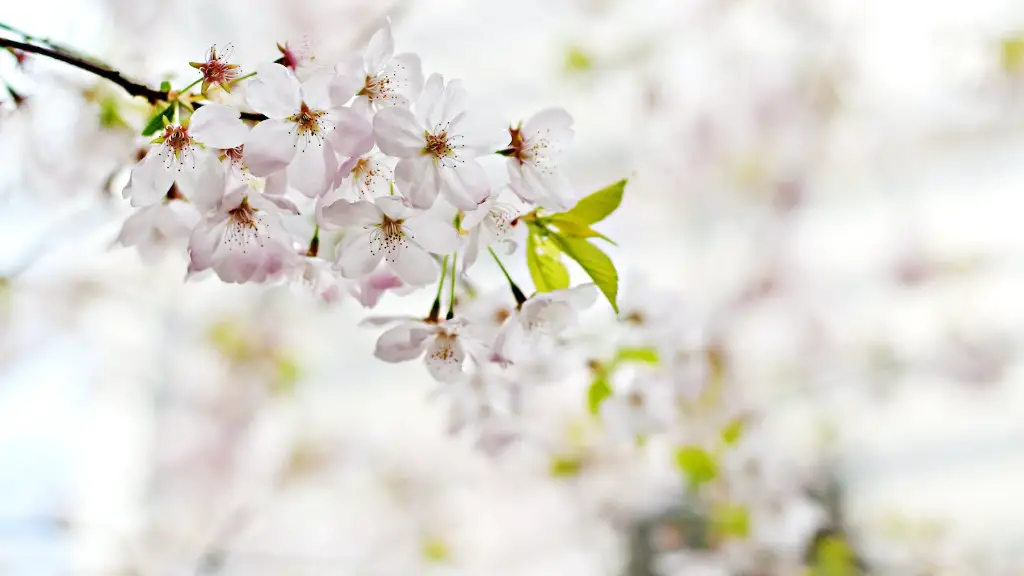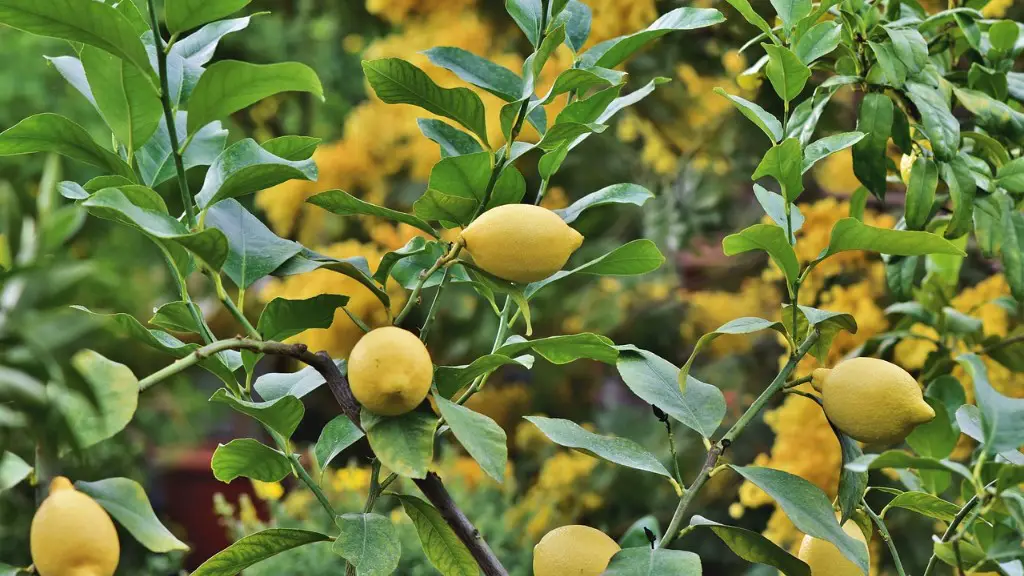Importance of Cherry Blossoms
Cherry blossoms are one of the most famous symbols of Japan, and their association with the country’s culture has been documented for centuries. The cherry blossom tree is important to Japan in many ways, including what it symbolizes and its place in the nation’s history.
The flower has many meanings in Japanese culture, and is often used to represent the beauty of mortality, since the blossoms only last a few weeks from their appearance to the tree losing its petals. Despite its fleeting nature, it is often seen as a symbol of strength and resilience, as the blossom will bloom no matter how harsh the winter has been.
Historically, the cherry blossoms have been a part of Japan’s culture going as far back as the Edo period. Its beauty, color, and lifespan have been celebrated in art, literature and poetry, and its sight during the peak of bloom is still one of the highlights of the Spring season, when many people will take time to admire their beauty.
During the Edo period, people took part in “hanami” or “flower viewing”, admiring the beauty of the cherry blossoms and often enjoying parties and feasts beneath the trees. This practice is still alive today, with family and friends gathering to celebrate the beauty of the cherry blossoms and the coming of spring.
In popular culture like anime and manga, the cherry blossom is often depicted as a symbol of beauty, childhood memories and strength in the face of the many challenges of life. In movies and television, the blossom often appears as a metaphor for hope and a reminder that nothing lasts forever, but that there is always something new to look forward to.
In terms of its scientific importance, cherry blossoms help to pollinate many other plants, ensuring that they also have a good chance of thriving. In addition, the tree behaves as a natural air purifier, filtering pollen and other particles from the atmosphere and creating a healthy environment. Finally, the cherry blossom is important to Japan as it is part of the national identity and is still very much deeply embedded in its culture.
Early History of The Cherry Flower
Cherry blossom trees have been around in Japan since ancient times, with references to them appearing in various documents dating back centuries ago. The flowers began to take on a more prominent role in Japanese culture from the Edo period (1603-1868), when the poetic practice “hanami” or “flower viewing” where people would gather beneath the blooming trees to celebrate the coming of spring, first emerged.
During this time, the trees were seen as powerful symbols of mortality and resilience in the face of life’s many challenges. The petals of the flower were celebrated for their delicate beauty, but also their transient nature, something that continues to be celebrated in Japanese culture to this day. The delicate beauty of the flower, combined with its impermanence, has also made it a popular subject in art and literature, appearing in many poems and paintings, and serving as a reminder of the fleeting nature of beauty and life.
The sight of the cherry blossom during “hanami” was so powerful, that it became a popular event to invite friends and family, and to celebrate the start of the new season. This is still done today, and during the season, many will make a point of visiting places with cherry blossom trees to take part in the “hanami” festivities.
How The Cherry Blossom Tree Influenced Japanese Technology
The cherry blossom tree has also had a profound influence on Japanese technology, with its petals being a major source of inspiration for the creation of tiny robots and other sophisticated machines. The petals of the flower are known for their delicate beauty, but also for their powerful resilience in the face of the wind and rain, something which is replicated in many of the robots created by Japanese scientists.
The inspiration for these tiny robots came from the observation of the cherry blossom tree during the “hanami” period, and its ability to resist the elements of nature. This inspired scientists to create robots that could do the same, and thus the “Hanami-bot”, a tiny robot designed to bloom just like a cherry blossom, was born.
The “Hanami-bot” is a perfect example of how technology can be inspired by nature and reflects the importance of the cherry blossom tree to Japan. The robots are designed to replicate the blossom’s beauty, but also its resilience, and are an example of how powerful and inspiring the cherry blossom tree still is in Japan today.
Recent Events Surrounding The Cherry Blossom Tree
In recent years, the cherry blossom tree has been in the news for several reasons. In 2020, the tree was the subject of a groundbreaking project designed to map the tree’s genome, allowing scientists to identify and isolate the genes that make the tree so resilient. The project, funded by the Japanese government, has enabled scientists to answer some of the mysteries of the tree, and to better understand its unique characteristics.
In addition, the tree has recently been the subject of a mass replanting program, as the Japanese government has been encouraging citizens to plant cherry blossom trees in public parks, school yards and residential areas. The goal of the program is to ensure that Japanese citizens will continue to have plenty of opportunities to enjoy the beauty of the flower in the future.
Finally, the cherry blossom tree has been the subject of an ongoing debate about its role in tourism, with some environmentalists calling for a ban on tourists visiting some popular destinations during the peak bloom period, in order to prevent the trees from being damaged by the large crowds and pollution.
Conclusion
The cherry blossom tree is deeply embedded in Japanese culture, and its importance to the country is evident in its many references in art, literature and technology. Its beauty, resilience and impermanence are celebrated annually by the “hanami” festivities, and it continues to be an important symbol of Japan to this day.



